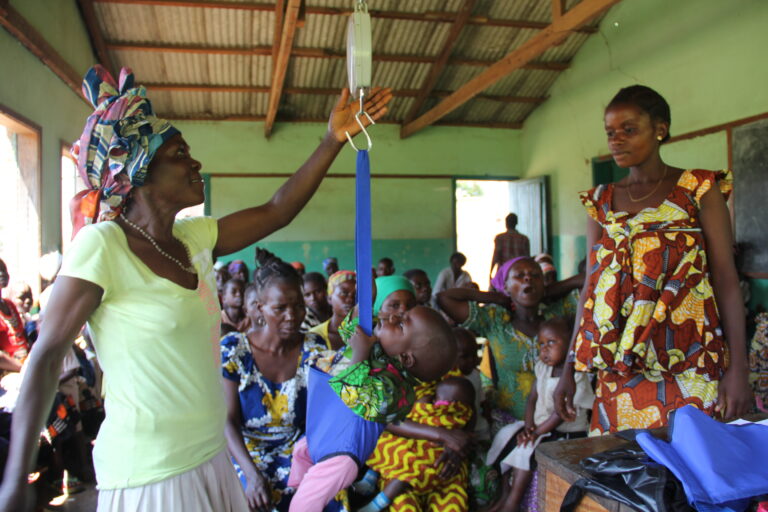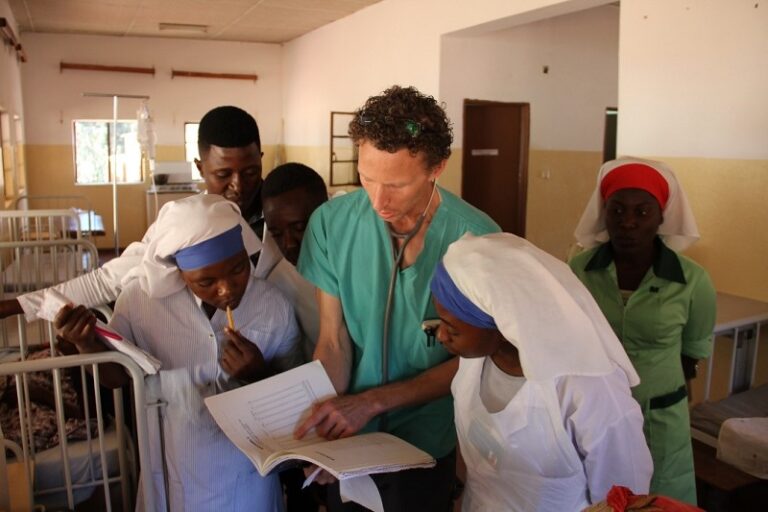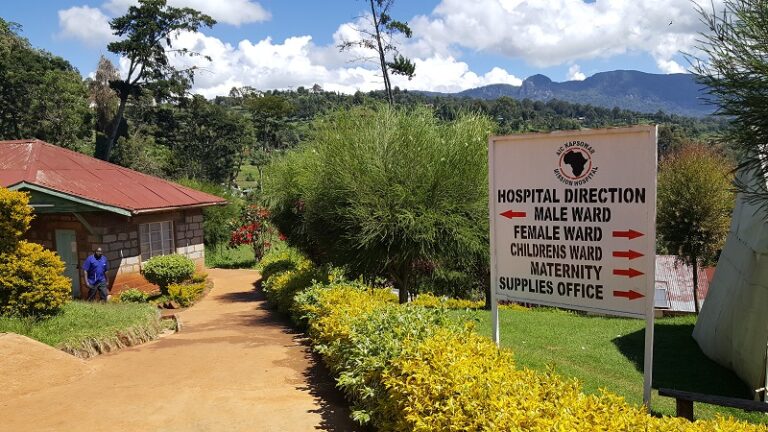
Community-Based Malnutrition Strategies: Childhood Malnutrition – Part 2
Growing Moringa as a Childhood Malnutrition Strategy There are a number of health initiatives that can help communities make permanent changes toward ending malnutrition. One…

Growing Moringa as a Childhood Malnutrition Strategy There are a number of health initiatives that can help communities make permanent changes toward ending malnutrition. One…

New on Medical Missions 101: When implemented, IMCI can and does reduce early childhood morbidity and mortality. It also improves growth and development among children under five years of age. IMCI is both preventive and curative and is implemented by families and communities as well as by health workers.

PLA Participatory Learning and Action has long been the foundation of best practices in community development. However, I believe it has practical application across all cross-cultural and global health work; in the community and in the hospital.

There is no greater challenge to child survival in the developing world than malnutrition. Managing malnutrition is outside the realm of normal practice for healthcare professionals trained in western countries. As such, it needs to be something health professionals planning to work in the developing world context need to review regularly.

Success is never something the Lord demands. Perhaps Mother Theresa defined the Lords perspective best. She said, “God does not require we be successful, only that we be faithful”. This is clearly the definition of success on the mission field, being faithful to the Lord’s call, following him in obedience, around the corner or around the world.

Experience has shown me that asking the wrong questions can lead to unnecessary failure on the mission field but what are the right questions? This set of questions deals with matching with a health facility or program as a medical missionary.

I have seen countless medical missionaries fail from different organizations because they landed a place that’s not a good fit. They land at a mission station where all attempts to thrive individually and/or as a family fail. They then revert to survival mode where it becomes difficult to sustain the joy in life or the joy in serving. It may take only a few months or sometimes a full three year term, but serving in a place that is not a good fit will inevitably wear people down and bring them home.

I have been a student of medical missions for the last two decades, and I have become increasingly convinced this statement is a foundational truth upon which all short-term missions should be built.

If medical missionaries are lumped in with church planters, bible college teachers and bible translators it is hard to see if they have different issues driving them to leave the field. You can read more about this in another recent post.

Asking the Right Questions I am writing this post because I believe that most healthcare professionals wanting to serve in long-term missions are asking the…
Enter your name and email to subscribe and learn about CHSC training courses and service opportunities.
This application is step one in making application to Christian Health Service Corps as a long-term medical or support staff missionary. If you are interested in serving for less than three years, please see the CHSC Reserve Corps Application.
Our Reserve Corps program allows healthcare professionals seeking to volunteer short-term to do so in a way that supports long-term Christian medical missions work. CHSC places healthcare professionals in a growing list of Christian hospitals across Africa, Asia, Latin America and other regions. Christian Health Service Corps works to improve access to primary healthcare, surgical services, and community-based disease prevention services. Non-Christian volunteers are accepted on a case by case basis but solely at the discretion of the hospital and CHSC team the volunteer will be supporting.